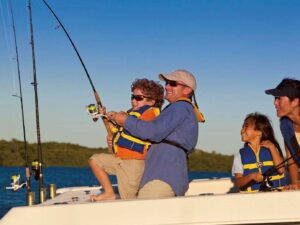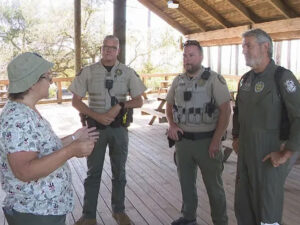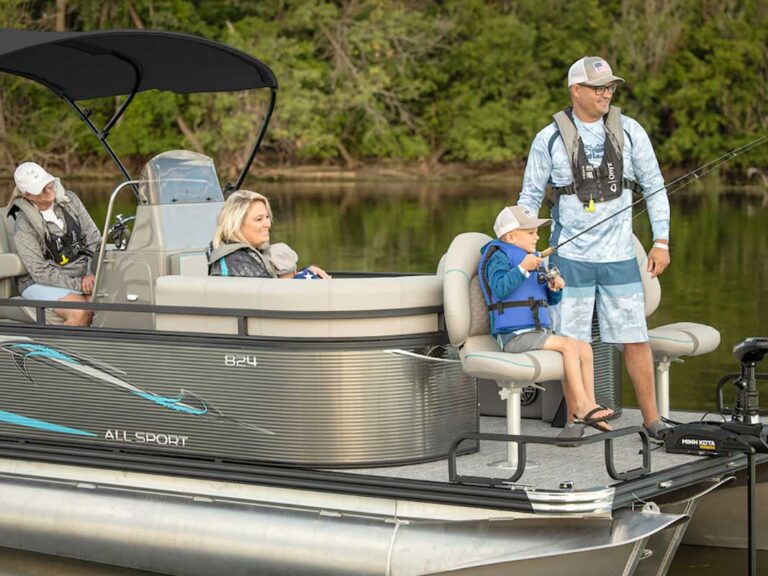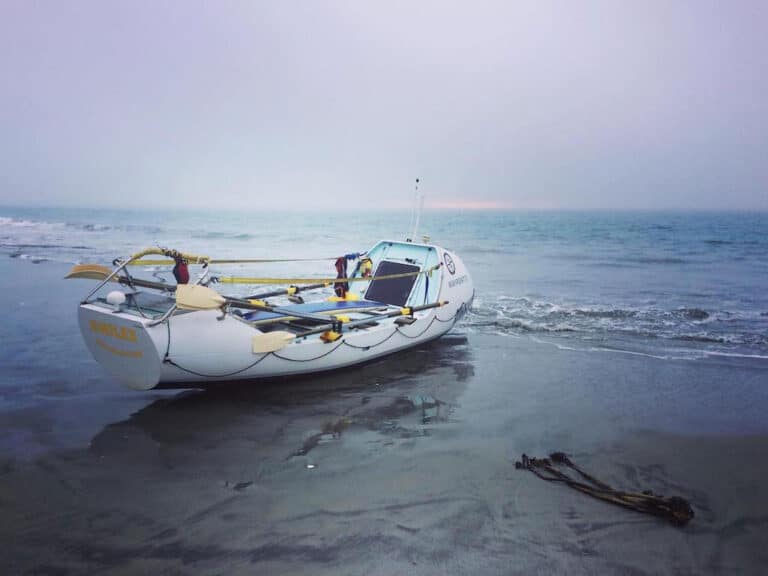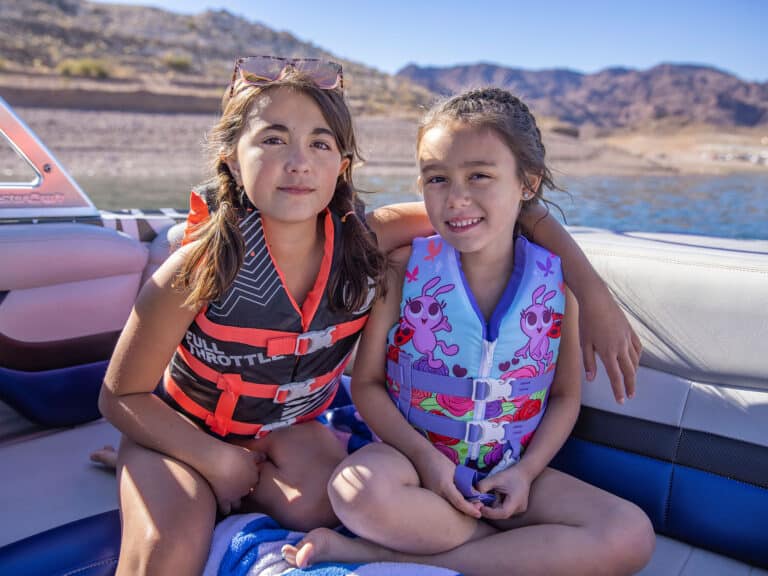
It was a warm sunny day, just perfect for taking my daughter Lauren, my son-in-law Alex, and my 2-year-old grandson Teddy out for a ride aboard my Cobia 296. Our goal was to see the dolphins that feed in the area of my second home, near Marco Island, Florida, and just enjoy an hour or so on the water.
As I carefully pulled up to the dock at the Caxambas Park public ramp, I could see Teddy waving to me, anxious to get on board “Puppa’s” boat. The dock was on the same side as my steering wheel, so rather than tying up, I simply straddled the gunwale with one foot in the boat and the other on the dock. I left the boat idling.
Alex lifted Teddy and handed him to me, and I gently set him down in the boat. Teddy immediately went exploring the boat, asking, “What’s this?” as Alex followed him around. I then asked Alex to focus on getting the Bluetooth on my stereo connected to my iPhone. He got right on it.
Seconds later, as I was helping Lauren into the boat, I heard a load roar from my engines and saw to my horror that both engines were pulling the boat in reverse while I was trying to hold our position, still in my straddle. I thought I was going swimming and the kids would be left alone in a boat powering in reverse.
I realized Teddy was at the helm and had pulled both throttles back as far as he could (as any 2-year-old would do). Fortunately, Alex was right there beside him and quickly returned the throttles to the neutral position.
If Teddy had pushed the throttles instead of pulled them, there was no way I could have held the boat in my straddle position, and it would have crashed into the sea wall 5 feet off the bow. Disaster averted—barely.
I learned a valuable lesson that day. From now on, I tie up at the dock before anyone comes aboard, and turn off the engines whenever I leave the controls unattended.
Wearing an engine cut off switch link (ECOS-L), also known as a safety lanyard, can prevent similar incidents by disabling the engine whenever the skipper leaves the helm for any reason—accidental or otherwise. Use of an ECOS-L is now required by federal law on most boats under 26 feet.
Here are some more tips for safe boating with kids, courtesy of Boating editor-at-large Randy Vance.
SET AN EXAMPLE: You won’t persuade kids to wear a life jacket if you don’t wear one yourself. Make a habit of putting it on and clicking the buckle, just like a car safety belt, and if necessary, gently remind kids to do the same. They’ll follow your lead.
Today’s life jackets are more comfortable than ever, and kid-sized versions often feature cool designs or cartoon characters, with U.S. Coast Guard approved vests starting at about $20. “The best, and cheapest, peace of mind you’ll ever get,” Vance says.
ENLIST OLDER KIDS AS ALLIES: It’s a challenge to keep kids — all the parts of every kid, that is — in the boat. They’d rather dangle an arm over the side and wrestle with the wake. A good way to solve that problem is to enlist the older kids as safety ambassadors. Remind them that younger kids want to copy everything they do, so if they keep their arms in the boat (and stay seated, wear a life jacket, apply sunscreen) the little ones will follow suit. “Kids generally rise to the responsibility level to which they’re entrusted,” Vance says.
RESPECT THE PROP: Boats designed for skiing, boarding and swimming often have a swim platform over the sterndrive and prop — a margin of safety, sure, but folks still have to beware of kicking the prop while treading water. So the rules? Whenever people are in the water, no key in the ignition. “I keep my keys in a cup holder near the transom, which forces me to check for prop clearance when we head out to sea… and nobody rides on the gunwales or transom when the boat is underway,” Vance says.
For more support teaching your kids boating safety rules and encouraging them to follow those precepts, Vance suggests checking out these sources:
- BoatSafe Kids: features activities and games including “Life Jacket Tic Tac Toe,” plus boating trivia questions such as how many knots are in a mile or how did the boat’s bathroom become known as the ‘head’?
- Discover Boating: weaves kids’ games through advice on life-jacket use, navigation and other safety topics geared toward kids.
- Safe Boater Kids: In this cool, short, Alaska-based graphic story are embedded lessons about boating safety procedures and life-jacket wear. Accompanying it is “Kids Don’t Float,” a boating safety lesson disguised as a coloring and activity book.
- Boating Safety “Sidekicks”: colorful and dynamic games that teach young boaters about safety in watercraft, from kayaks to PWCs to powerboats.
- Boat-ed.com: Sooner or later (we surely hope!), your young boater will want to take the helm. In most states, they can start as teens, once they pass a boater education course; many states accept the course offered at this site. There’s a fee for formal certification, but the study material and testing is available free. “I took and learned from it!” reports Vance.
The U.S. Coast Guard is asking all boat owners and operators to help reduce fatalities, injuries, property damage, and associated healthcare costs related to recreational boating accidents by taking personal responsibility for their own safety and the safety of their passengers. Essential steps include: wearing a life jacket at all times and requiring passengers to do the same; never boating under the influence (BUI); successfully completing a boating safety course; and getting a Vessel Safety Check (VSC) annually from local U.S. Coast Guard Auxiliary, United States Power Squadrons(r), or your state boating agency’s Vessel Examiners. The U.S. Coast Guard reminds all boaters to “Boat Responsibly!” For more tips on boating safety, visit uscgboating.org.

